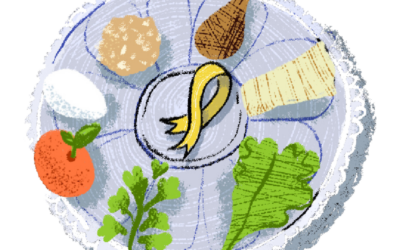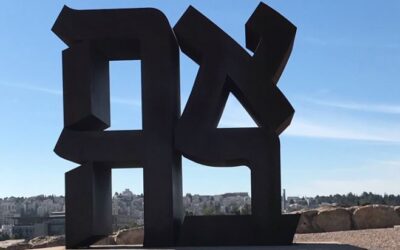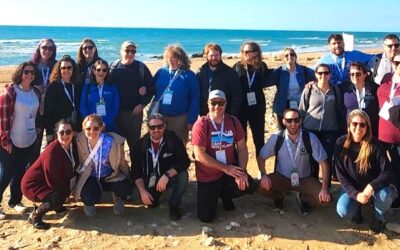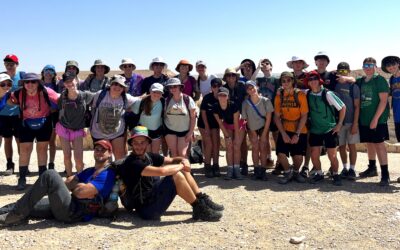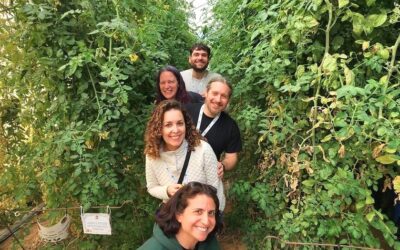By: David Solomon, Poland Head Supervisor
Dear Parents,
I write this early in the morning of Friday, June 23, while most (if not all) of the participants are sound asleep. With Shabbat coming in later today, and half the pilgrimage behind us, this is a good time to look back at what we have done and seen since arriving in Poland on Monday.
After arrival in Warsaw, checking into the hotel and some orientation, we drove to the 200-year-old Warsaw Jewish cemetery with 150,000 visible tombs. Here we felt the visual impact of the capital of “Yiddishkeit” prior to WWII as we paid tribute to the great creators of Jewish culture buried in this cemetery. We visited the tombs of famous rabbis, Yiddish authors and artists, Zamenhoff, the inventor of Esperanto, and many others who died before the Holocaust. Here we saw and felt the loss not only of Jewish art, scholarship, and leadership, but the loss of a community that was multifaceted in its range of Jewish pluralism: from Yiddishist socialists through writers, actors, playwrights, Reform rabbis, Orthodox and Chasidic leaders. That was it for the day! We returned to the hotel for dinner, another short orientation activity, and a well-earned early night.
On Monday morning we began at a memorial site at the bridge that separated the large and small ghettoes. Here the group learned more about the establishment of the Warsaw Ghetto, and other ghettos in general, before walking to the one remaining fragment of the wall. We then took the “Memorial Walk,” from the Umshlag Platz (the site of the deportation from where the Jews of the ghetto were sent to the death camps) to the hospital of the ghetto, where Jews fought heroically against disease. From there we continued to Mila 18, the site of the headquarters of Mordechai Anilevitch and the Jewish armed resistance, and from there to the memorial for Shmuel Zygelblum, one of the leaders of the Warsaw Ghetto, who tried to convince the others that civil disobedience and lack of compliance to the Nazis was the way to fight back. We ended the walk at the site of the famous Rappaport statue. After lunch at a mall, we went to the Warsaw Zoo, which is not only pretty, but also the site of the zookeepers’ home. During the war, this house was the center of a concerted effort to rescue Jews from the ghetto. From there it was back to the hotel for a bit of a rest, dinner, and evening activities. In general, the participants meet every evening with their counselors, both for group building activities and to process what they have experienced during the day.
On Wednesday morning we departed for Tikochin, a small village near the Belarus border. This was our visit to a shtetl. From the square we walked through the town off the paved streets and felt the ambiance of shtetl life, and saw the overgrown cemetery, where only a few tombstones are visible, and which stands in stark contrast to the well-maintained Warsaw cemetery. Our final stop was at the 17th-century main synagogue built in Baroque style. Here we too prayed Mincha, led by Rabbi Weinberg (one of the chaperones who brought the participants to Poland). Everyone was well aware of the profound symbolism of bringing back sounds long lost between these walls. We then traveled by bus for fifteen minutes in silence as we approached the Lepochova Forest. It was here that in August 1941 the Einzatsengruppen of the SS shot the 1,400 Jews of Tikochin into open ditches and buried them, making Tikochin the first Jewish community in Europe to be totally destroyed. While the bodies are no longer interred there, the pits are clearly visible. After a very moving ceremony we headed south for the town of Lublin. After dinner in the hotel, we broke up into small groups to help the participants process what they had seen and prepare emotionally for the next day.
Our first stop on Thursday was Yeshivat Chachmei Lublin, which produced leaders of Polish and world Jewry until 1939. In the Yeshiva’s main study hall we learned about the vision behind the establishment of this institution, which became known as the Harvard of the Yeshiva world. Following our visit, we went on a short drive to the Old City, where participants had the chance to stroll between the beautifully restored buildings.
After an early lunch, a fifteen-minute ride brought us to Majdanek, which borders on the outskirts of Lublin. For three hours we walked from one wooden structure to the next, each structure housing exhibitions of the death process that took place here from July 1941 to July 1944. Our last station was the gas chambers and crematoria where we had a moving memorial service prepared by the students. We then made our way to Krakow. After dinner, the participants had the opportunity with their counselors to process what they had witnessed and heard about.
Today, the participants will visit Kazimierc, which is now part of Krakow, but was once home to the Jewish community, as Jews were not allowed to live in Krakow itself. They will hear stories and see sites which communicate the richness of the Jewish communities which called Kazimierc home. We will end the morning with a visit to the JCC, where we will learn about the revival of Jewish life in Poland today, and about their efforts to assist Ukrainian refugees. After lunch, we will walk through and learn about the ghetto. We will see the remaining fragment of ghetto wall before ending the afternoon at the factory of Oskar Schindler, which is an appropriate place to discuss and hear stories about the Righteous Among the Nations – those brave souls who risked everything to save Jews.
We will return to the hotel to prepare for Shabbat. We will be conducting our own services this evening and tomorrow morning. After lunch tomorrow, it’s time for some fun at a local water park, before heading to the Old Town square for dinner. We will return to the hotel to prepare for our visit on Sunday to Auschwitz – Birkenau, where we will spend the whole day. On Monday we drive back to Warsaw, where we will get ready for the transition to the Israel part of this summer.
On a personal note, it has been a pleasure contributing to what has already been an incredibly impactful experience. It will take some time for the participants to process what they are going through, but there is no doubt that that the pilgrimage has had a deep impact on everyone in the group.
I will be saying goodbye to the group when they depart for Israel, but I will do so knowing that they have grown as people in general, and as Jews in particular. Thank you for sharing them with us!
Yours truly,
David Solomon
Yallah Israel Poland Supervisor
